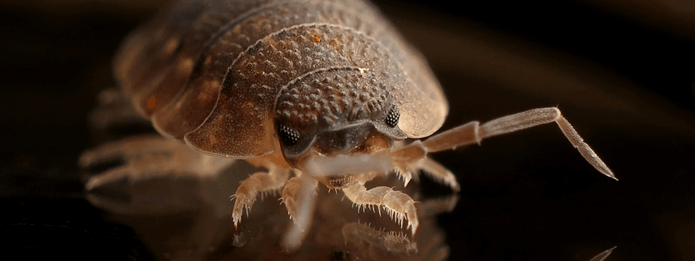
We’re going to share some information about the lifecycle of bed bugs. The more you know about these pests the better. If you’re able to identify bed bug eggs, you’ll be able to prevent them from spreading inside your home. That way, you won’t be worrying about losing sleep at night or calling the pest control professionals in Niagara.
First we will focus on the bed bug reproduction stage and what happens after that. We’ll look at bed bugs growing from simple nymphs into adolescent bugs and how their behaviour changes. You might get a surprise when you learn how long bed bugs can live as well.
A Bed Bug Life Cycle
Once bed bugs mate, female bugs will lay tiny white eggs in places they aren’t likely to be found. This includes cracks and crevices in bed frames and within mattresses. 6-10 days later the bed bugs will hatch, looking for a blood-based meal straight away.
When bed bugs are just immature nymphs, they’re at their most vulnerable. They quickly grow hard, exterior shells and develop their dark brown, reddish colour. These nymphs will molt (remove their outer exoskeleton) 5 times before they become fully developed adult bed bugs, and they’ll need a meal each time they grow a new shell.
A female bed bug can lay up to an astonishing 250 eggs in her lifetime. If bugs make themselves a comfortable home in your furniture, it can end up being a serious pest control issue in a short period of time.
Bed Bug Adolescence
Bed bugs will normally grow up to about a quarter of an inch in size – little wonder they aren’t easy to spot. Adult bed bugs can last much longer without a meal than the young nymphs. The immature nymphs will typically need a meal every few days, although they can last a few months without a meal. Incredibly, adult bed bugs have been known to live up to a year without a host.
Bed bugs are quick reproducers once they reach adolescence, and there can be more than three generations all present in the same community. You can expect them to live for about four months minimum. That being the case, if you find yourself with a bed bug problem it can quickly become a long-term infestation.
What You Didn’t Know About Bed Bugs
So now that you know a little more about the lifecycle of bed bugs, let’s look at some interesting facts about them.
Bed bugs aren’t necessarily nocturnal, but they tend to feed on their human hosts at night. That makes sense, right? As you’re deep in sleep they crawl out of their hiding places and chow down on your blood. When push comes to shove bed bugs will feed on the blood of your pets too, but their preferred meal is human blood.
During the day they’ll be hiding in tiny cracks and crevices in your bed. However, despite their name, these blood-hungry pests will also hide in your other furniture. They’re expert hitchhikers and quick crawlers – bed bugs will make their way into your luggage, clothing, and backpacks to spread their infestation to every corner of your property. If they’re really successful, they’ll spread to new locations altogether.
Their small, red bites are usually very itchy and uncomfortable but are rarely painful. Nonetheless, some people can have allergic reactions to their bites. Many people have a hard time sleeping after finding an infestation since they know that their home is infested.
If you think you have a pest problem in your Niagara home, please don’t hesitate to contact the pest control experts Truly Nolen.